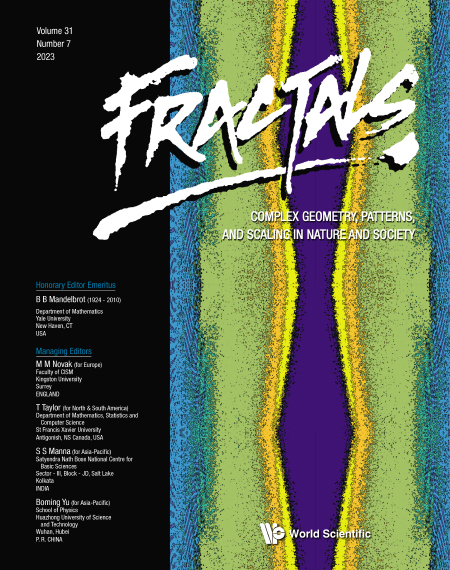HARDWARE ACCELERATION OF DNA READ ALIGNMENT PROGRAMS: CHALLENGES AND OPPORTUNITIES
Abstract
The alignment or mapping of Deoxyribonucleic Acid (DNA) reads produced by the new massively parallel sequencing machines is a fundamental initial step in the DNA analysis process. DNA alignment consists of ordering millions of short nucleotide sequences called reads, using a previously sequenced genome as a reference, to reconstruct the genetic code of a species. Even with the efforts made in the development of new multi-stage alignment programs, based on sophisticated algorithms and new filtering heuristics, the execution times remain limiting for the development of various applications such as epigenetics and genomic medicine. This paper presents an overview of recent developments in the acceleration of DNA alignment programs, with special emphasis on those based on hardware, in particular Graphics Processing Units (GPUs), Field Programmable Gate Arrays (FPGAs), and Processing-in-Memory (PIM) devices. Unlike most of the works found in the literature, which review only the proposals that gradually emerged in some specific acceleration technology, this work analyzes the contemporary state of the subject in a more comprehensive way, covering from the conception of the problem, the modern sequencing technologies and the analysis of the structure of the new alignment programs, to the most innovative software and hardware acceleration techniques. The foregoing allows to clearly define, at the end of the paper, the trends, challenges and opportunities that still prevail in the field. We hope that this work will serve as a guide for the development of new and more sophisticated DNA alignment systems.


